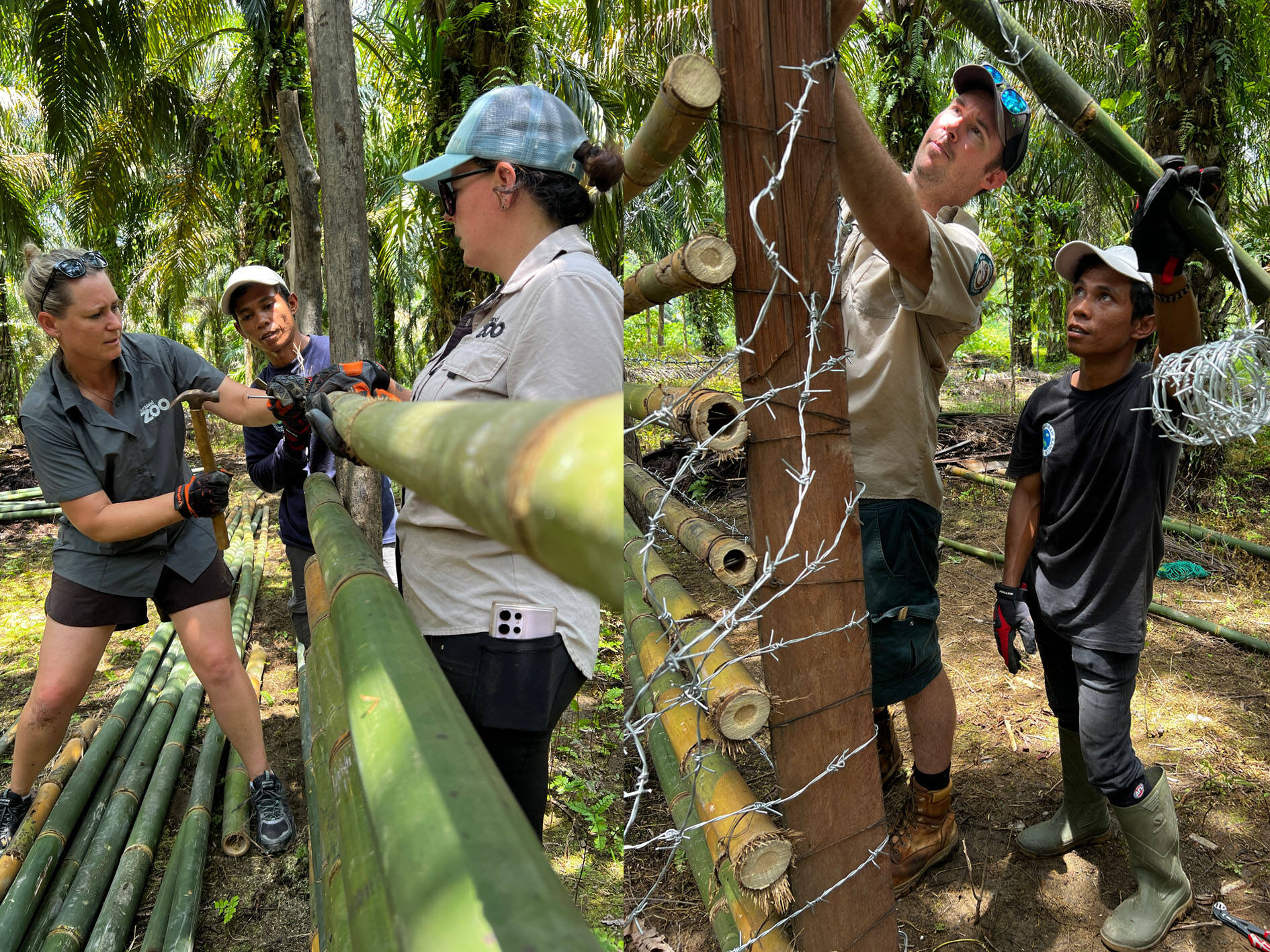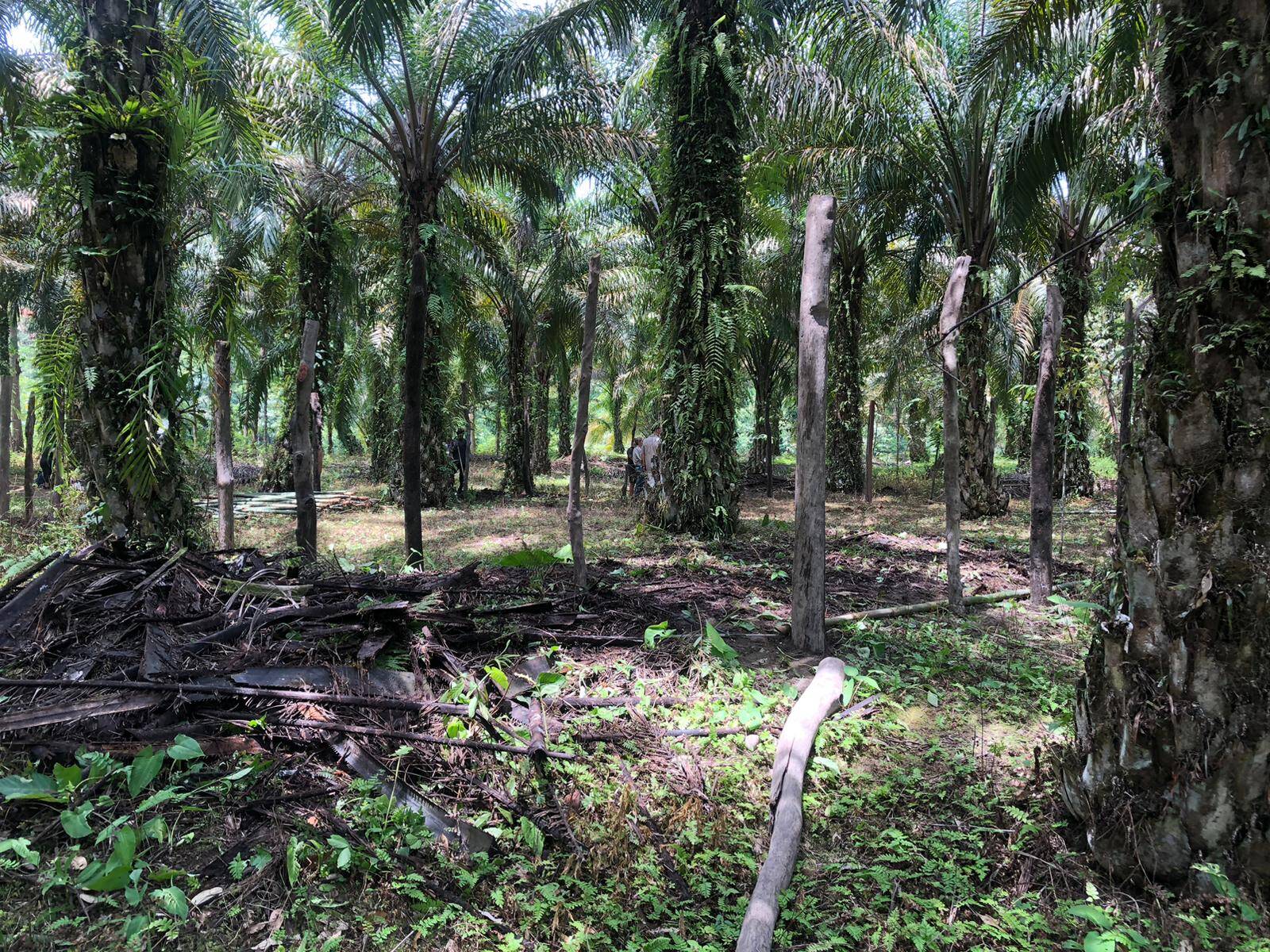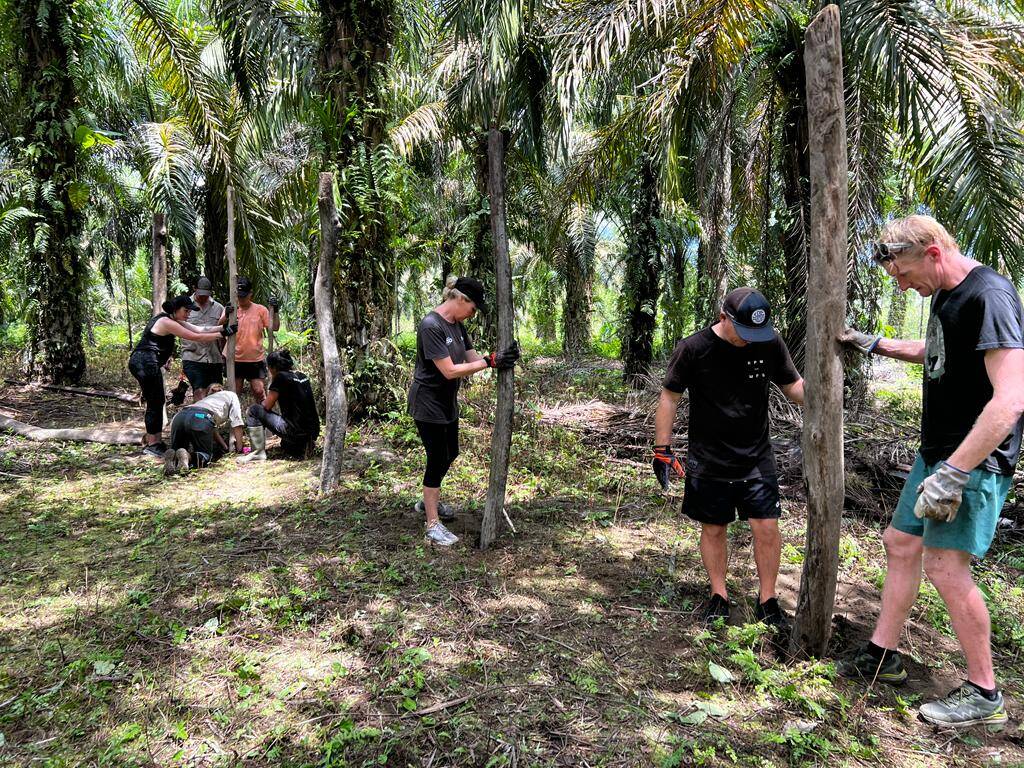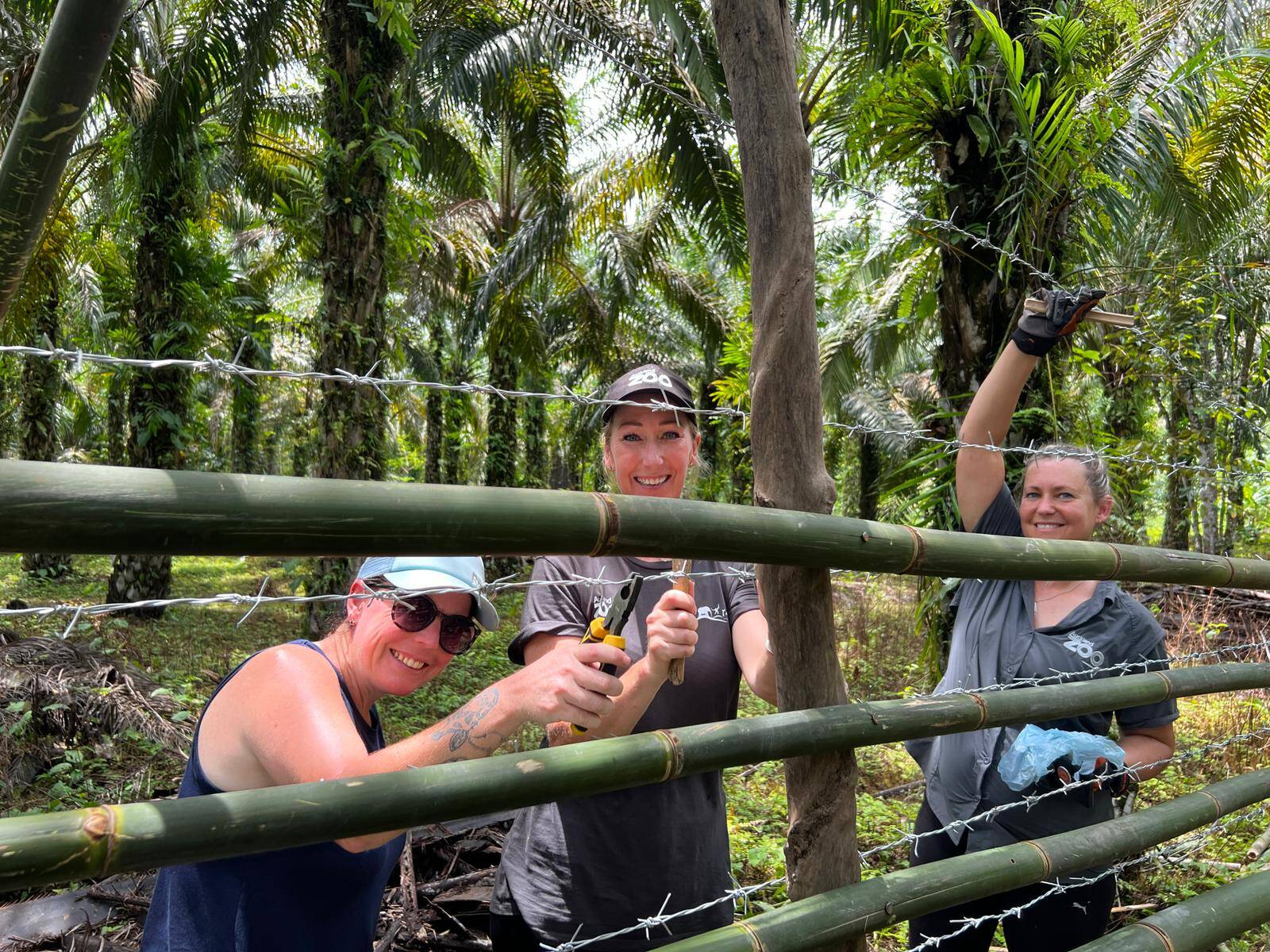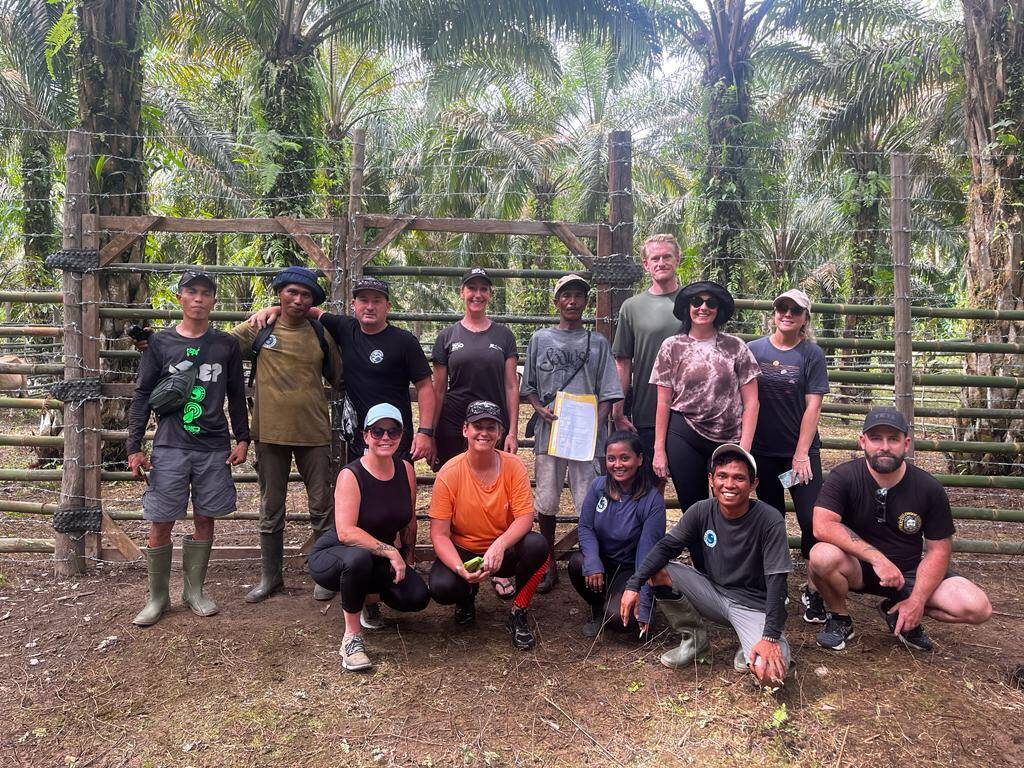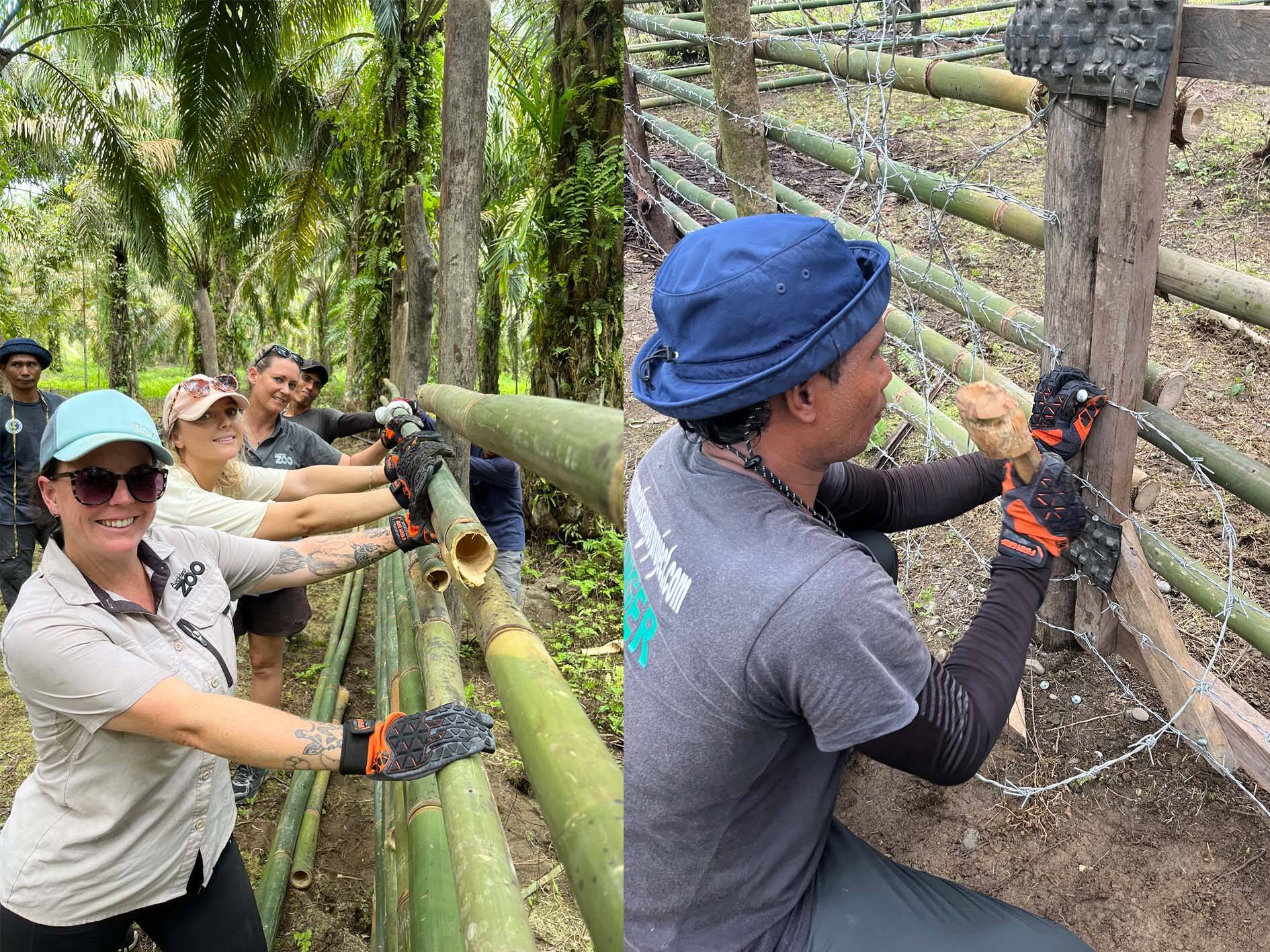Conservation update from Sumatra! Just last month the Sumatran Ranger Project, a conservation organisation founded by our incredible deputy curator of mammals Amy Robbins,constructed their eighth predator-proof livestock corral.
Measuring 17sqm, these corrals are built to comfortably house around 30 cows overnight – protecting Indonesian farmers livestock and their livelihoods from Sumatran tigers. Made from bamboo, reclaimed river wood, and wire, they are a cost-effective yet long-term solution to human-tiger conflict along the forest edge.
Over time, these corrals help to shift attitudes towards wildlife and enable communities to live alongside Critically Endangered Sumatran tigers.



